A time-machine walk through old Hong Kong
If you find yourself wandering around Hong Kong’s old neighborhoods—even now, with its hyper-modern investment in arts and technology—you may feel like you’ve entered a time machine: vendors still fix shoes on the streets, and tables are spread along the cobbled roads with trinkets, jade baubles, old Szechuan Province coins from a century ago, Bruce Lee posters and Mao bags.
Walk around and spot shops that still make hand-carved mahjong boards and old-fashioned vinyl stores that mostly carry Hong Kong singers from the 1950s, and tiny little street nooks that house thousands and thousands of buttons—yes, buttons—for every type of trousers or dress or coat you have kept in storage all these years, all tucked away in separate tiny drawers that, you’re pretty sure, the wizened owners have memorized long ago.
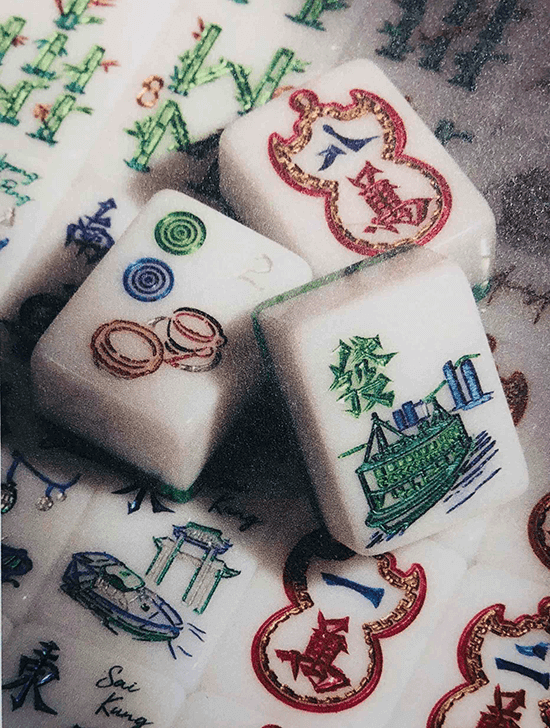
All this is part of an effort by Hong Kong Tourism Board (HKTB) to preserve something very unique about Hong Kong: its culture and history. Yes, while real estate prices skyrocket, and Hong Kong looks decades forward in terms of financing and technology, there’s something comforting about these small, old businesses that HKTB helps support and promote through local tours.
Two neighborhoods worth exploring are Wan Chai in Central and Sham Shui Po in Kowloon.
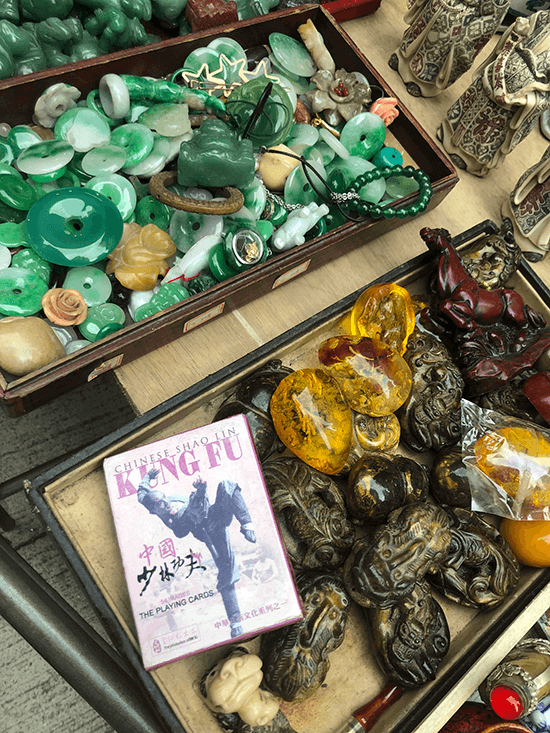
In Wan Chai, the landscape is subtly transformed by street art through nonprofit outfit HKwalls, which aims to encourage local and international artists to showcase their diverse talents through commissioned murals that also highlight the particular architecture and history of the neighborhood.
Every March during HK’s art month, they hold a Street Art Festival that’s highly Instagrammable: in fact, the artists’ tags are everywhere on the color-splashed walls: @dezioone, @fluke, @ins.cersme, @murone, @luscious.com, etc. The goal seems to be to intersect what’s old with something fresh and eye-catching: juxtapositions that inject new life into the Western and Central Districts that are still so rooted in the past.
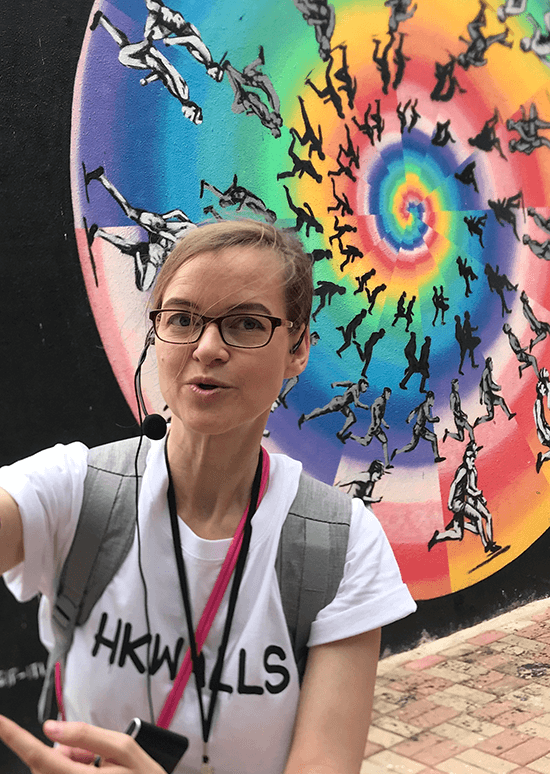
Another effort at preserving artistry is found on Hong Kong’s Peel Street, where Crafts on Peel pairs traditional craftsmen with contemporary artisans through sponsored mentorships: the idea is to save traditional methods of woodworking, weaving and jade carving through inventive collaborations.
Their showroom is filled with lustrous items, like the “Mahjong Wanderlust—Hong Kong Theme” sets, using hand carving, laser engraving and other methods to “update” the traditional mahjong characters to reflect Hong Kong’s unique history and culture.
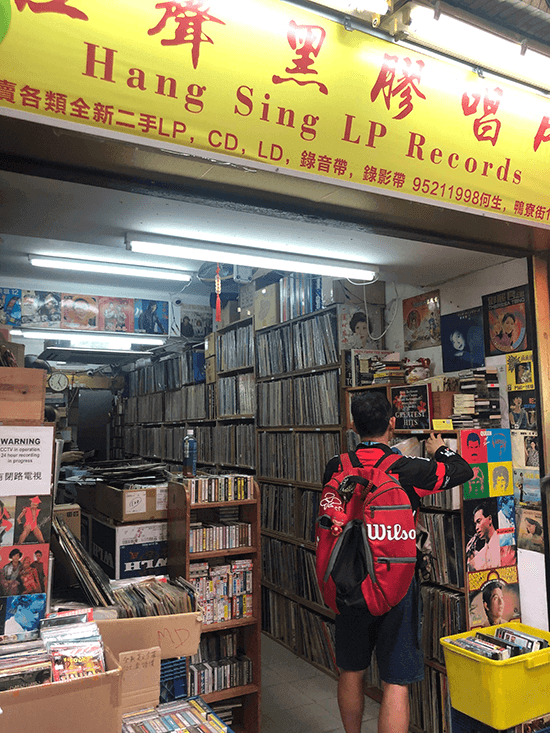
Head across to Kowloon and you’ll find a modest-sized shop in Sheung Wan where you’re greeted by Yam Wai-Sang, proprietor of Kwong Wah Printing Company, one of the only letterpress workshops still operating in Hong Kong.
What is letterpress? It’s how they used to typeset newspapers using Chinese, cut-metal characters long before computers and internet. Surrounding Wai-Sang’s modest shop are dozens of specimens, historic news events and hand-printed postcards that are remarkable souvenirs.
It’s worth a visit just to watch the media-friendly owner letterpress a black and white postcard image using his 1970 Heidelberg printer by hand. It feels like stepping back into a past that still lives on among us.
To roam around Sham Shui Po’s neighborhoods, with its 1940s tenement buildings and bargain markets lining Ki Lung, Fuk Wa and Apliu streets, is to feel like you’ve wandered into a Wong Kar-Wei film. In fact, several of the HK director’s films have been shot around here, as have John Woo flicks and countless others. It exudes texture and nostalgic ambience, especially at night.
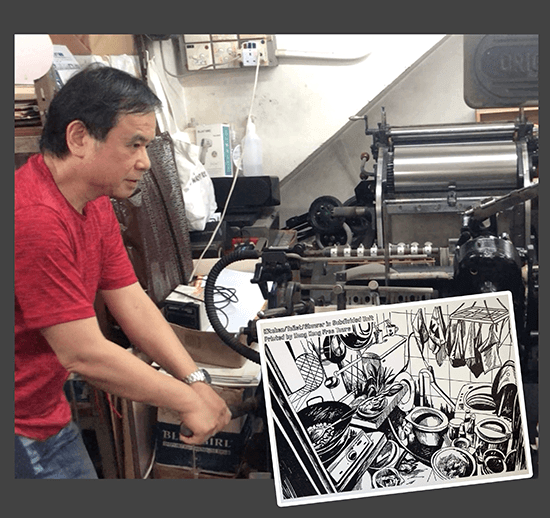
While Sham Shui Po is one of the oldest areas of Hong Kong, it’s also one needing the most saving. Since 2003, the Hong Kong Housing Society (HKHS) has invested some HK$720 million to buy up old properties here, including residential flats and retail spaces, in a vast urban renewal effort. Thankfully, they don’t seem to have changed the Old World character of the place too much.
They’ve also earmarked about $60 million for creative tourism ventures in Wan Chai and Sham Shui Po, which is how, say, a letterpress operator like Mr. Wai-Sang is still able to ply his family trade.

Along Sham Shui Po’s Apliu Street, you will find a remarkable spread of odd electronic items—1940s radios and parts, vintage audiophile amps, disco sound systems and the like. Some sections are devoted just to battery-operated kid toys from the past. It’s a throwback to another time, one still a part of our memories, if only through popular culture.

Another lure to Sham Shui Po is its food, which is cheap and abundant. We wandered into Kung Wo Beancurd Factory, which is still operated by family members of the century-old vendor. In its street-facing storefront, you’ll watch them cut lumps of fresh tofu and soy and pack it for you; above the street level you can spot a staircase to a visible backroom, which is where the owner would sleep between shifts at this busy and bustling food stop along Pei Ho Street. (It’s probably the only soya place to be listed in the 2016 Michelin Guide.)
Next door is their more modernized café where you can order up various beancurd and tofu drinks—fresh and refreshing. Try a Tofu Pudding or trademark Soya Bean Milk, with or without sugar.


